Seen from Reykjavík, Kerhólakambur (Kerhólar Crest) looks to be Mt. Esja´s highest point. It isn´t, but nevertheless it is majestic, the trail beautiful and the view is great. We travel through the setting of Kjalnesinga saga, where the main character, Búi Andríðsson, lived in Esjuberg for the most part. This trail is a nice alternative to the lower and hugely popular Þverfellshorn route. This trail suits everybody who is in reasonably good shape and can handle the elevation. It is steep in the canyon in the beginning of the trail, but reasonable after that. In winter you´ll need crampons and ice axes on this trail, as well as the know-how to use such equipment. To get to the starting point you drive Vesturlandsvegur, the western road, towards Kjalarnes. Turn right onto the lane last lane before the farm Esjuberg. It is a good idea to download the route in the Wapp – Walking app because the trail is hardly visible at times so its handy to follow the route in the Wapp.
The Irishman Örlygur Hrappsson settled between Mógilsá and Ósvífurslækur and built a farm beneath Mt. Esja which he called Esjuberg. According to Landnáma, Örlygur brought with him wood for a church and a church bell, along with consecrated earth from the holy bishop Patrick, who had been his mentor. Nowadays, St. Patrick is mostly known because of the great cultural and religious celebration´s day which bears his name, St. Patrick´s Day. Örlygur followed his mentor´s directions and built a church at Esjuberg in honour of St. Columcille, who was revered in Ireland. This was one of the first churches in the country. It is not known for how long there was a church in Esjuberg, but probably not any longer than into the 13th century. It was not always easy to live in Esjuberg, landslides repeatedly destroyed the fields and even the buildings.
Búi Andríðsson is the main character in Kjalnesinga saga, one of the Icelandic sagas. He grew up in Esjuberg, fostered by the widow Esja. He had feuds with several people in Kjalarnes, killed a few of them, and finally went into hiding in a cave in Laugargnípa, called Búahellir (Búi´s Cave). This was not an unpleasant abode, the cave was spacious and it even had a warm pool. Búi abducted a woman from Kollafjörður, Ólöf the Good, and took her to his cave. He then left for abroad, leaving Ólöf to wait for him. While abroad, Búi had an affair with Fríður Dofradóttir, meanwhile Ólöf gave birth to a baby girl who was placed in foster care, and then Ólöf was abducted again, this time by a man named Kolfinnur. When Búi came home, he didn´t like this one bit, he killed Kolfinnur but didn´t want anything more to do with Ólöf because of her relationship with Kolfinnur. Búi eventually married Helga Þorgrímsdóttir and lived in Esjuberg from then on. Ólöf married a man named Helgi. At the end of the story, Jökull, son of Fríður and Búi, arrives in Iceland, and Búi wants to wrestle with him, to make sure the boy is really his. Búi loses the wrestling match and dies. Kjalnesinga saga is not thought to have any base in reality.
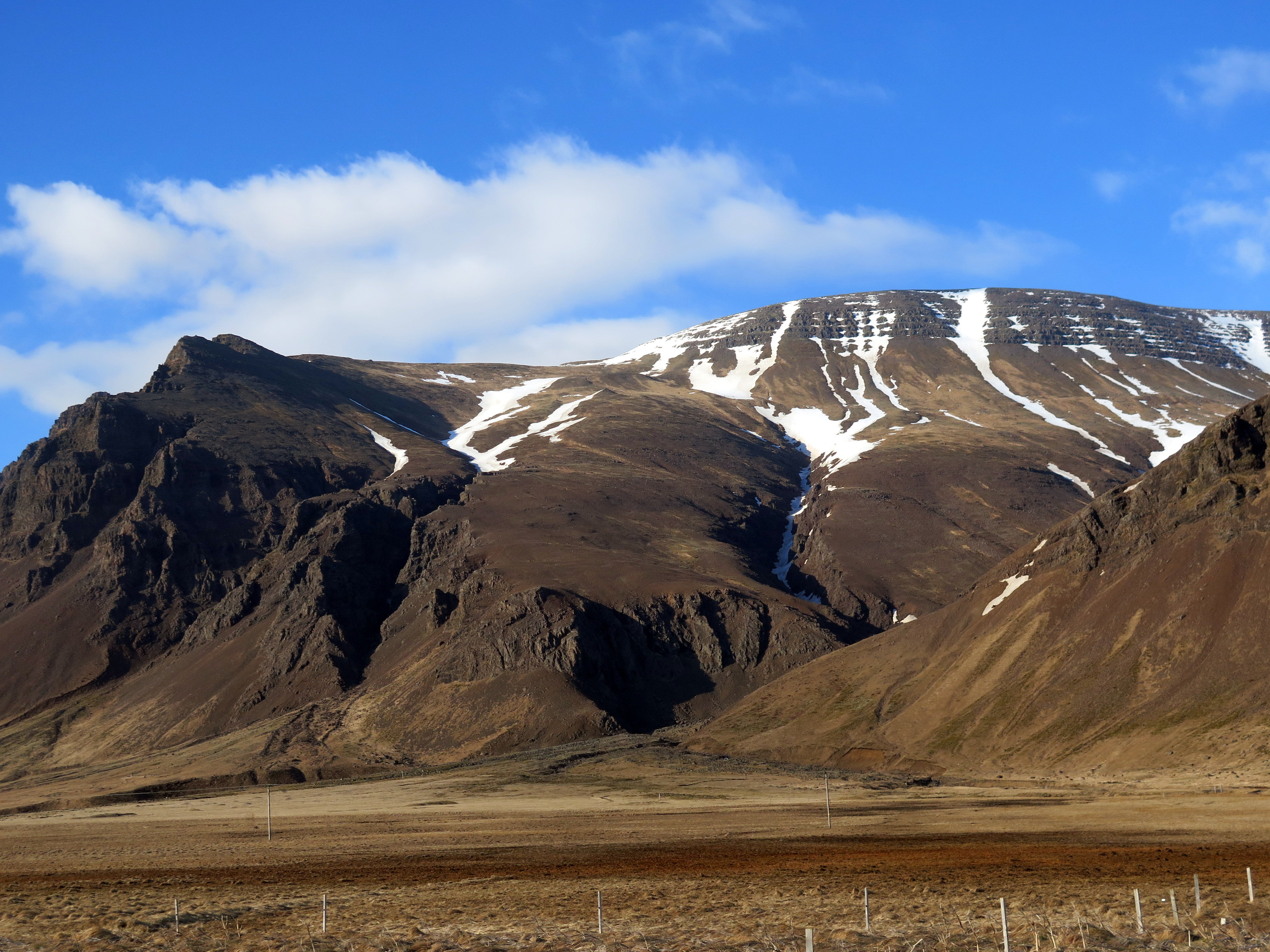
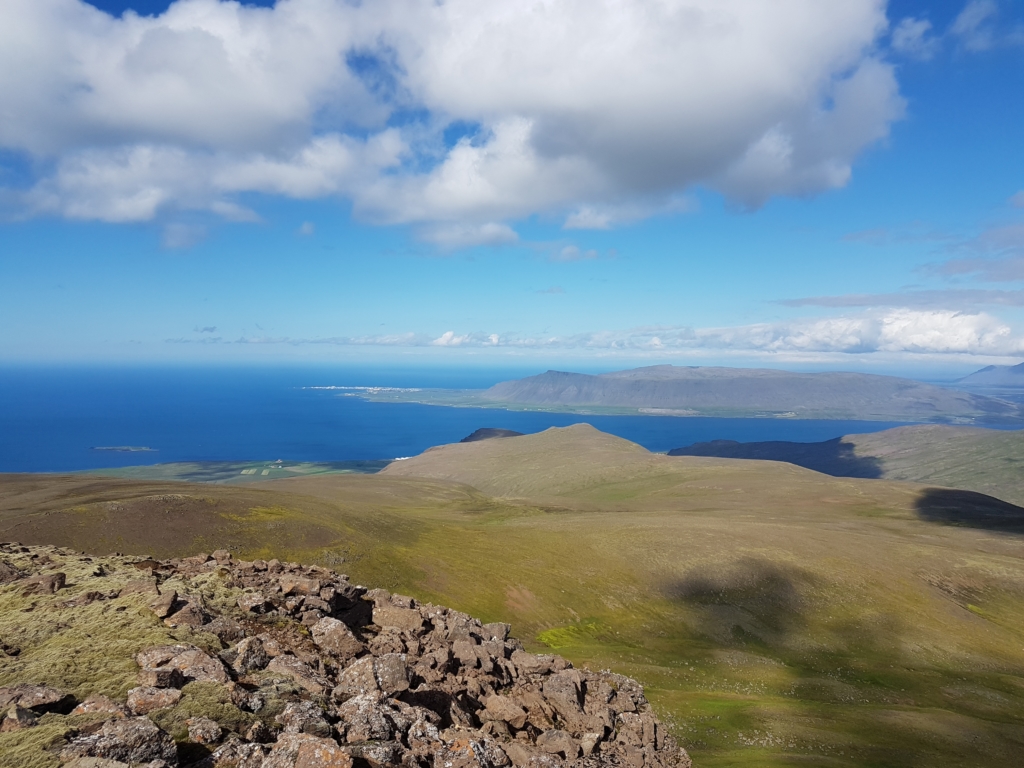
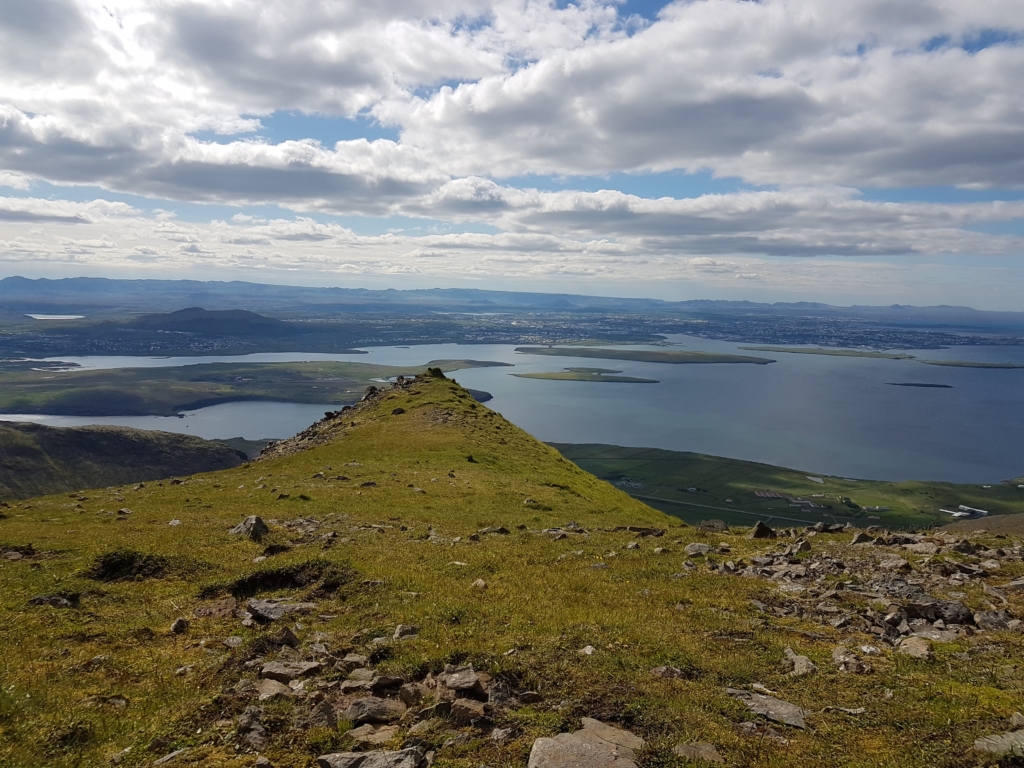
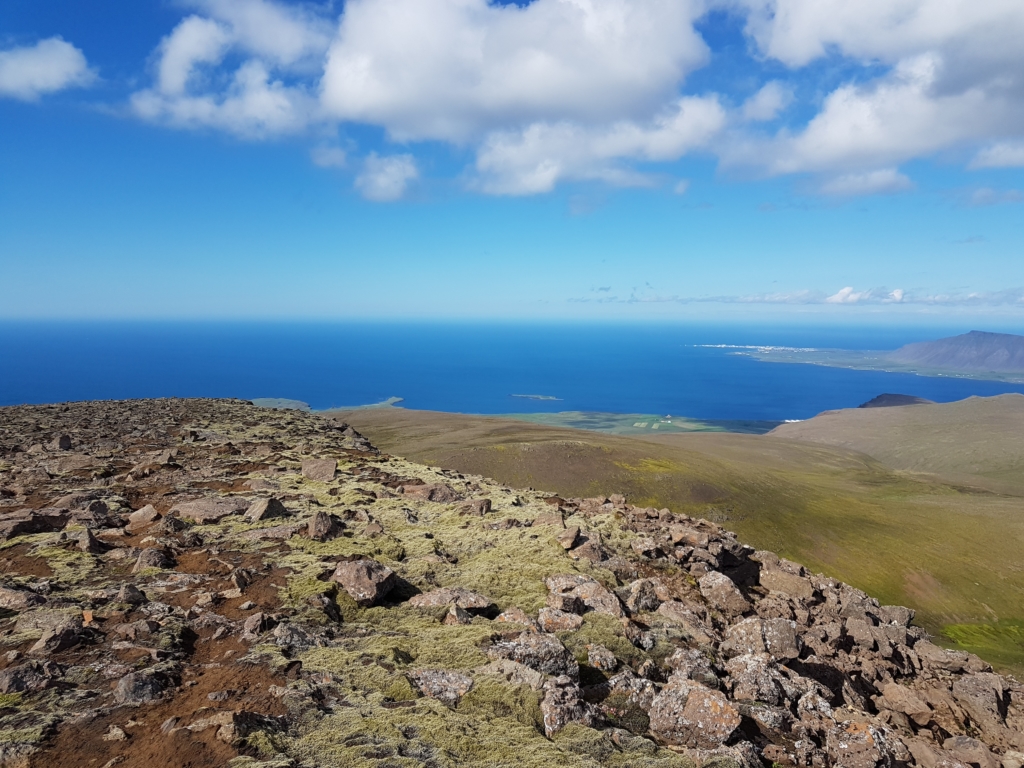
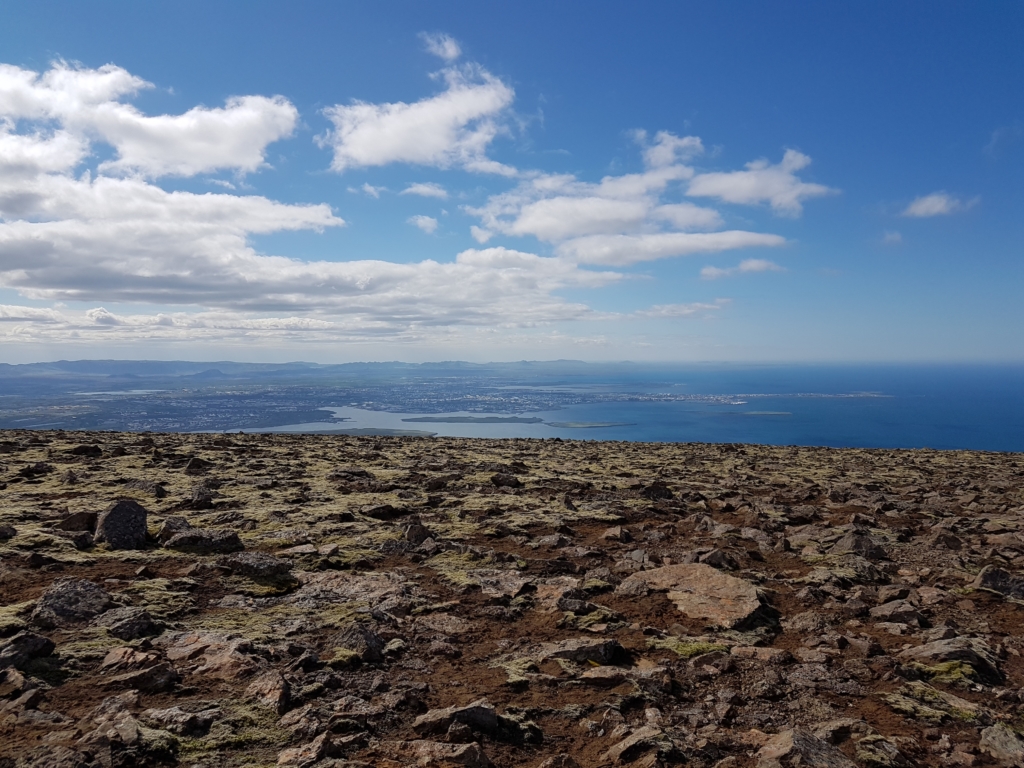
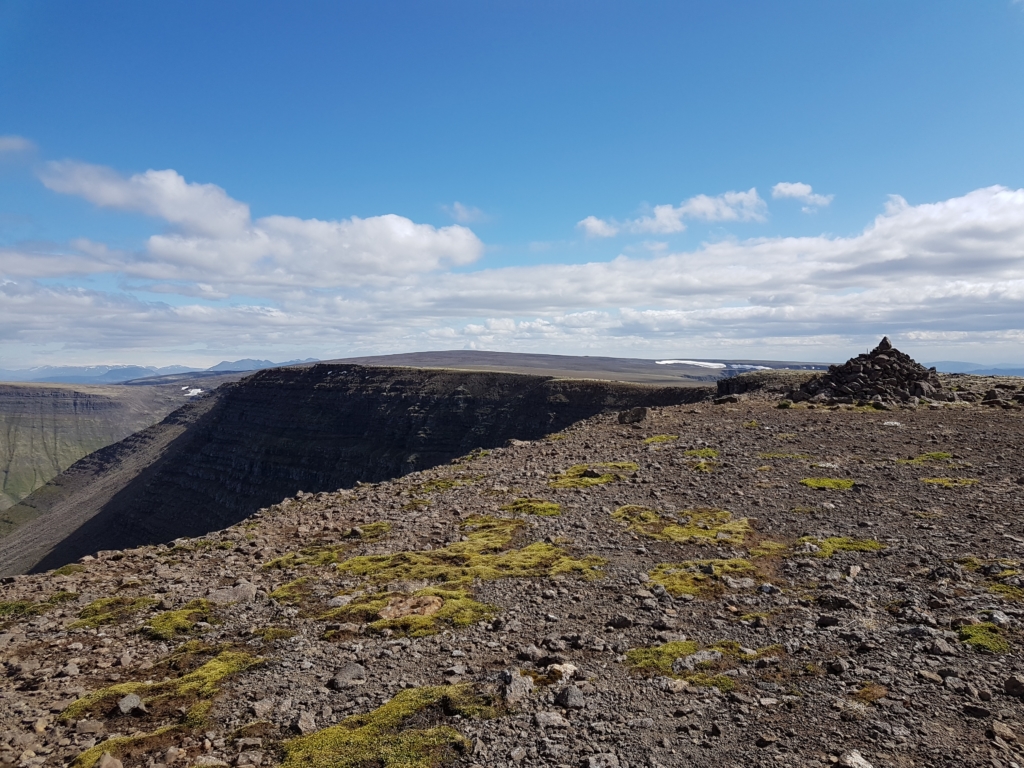
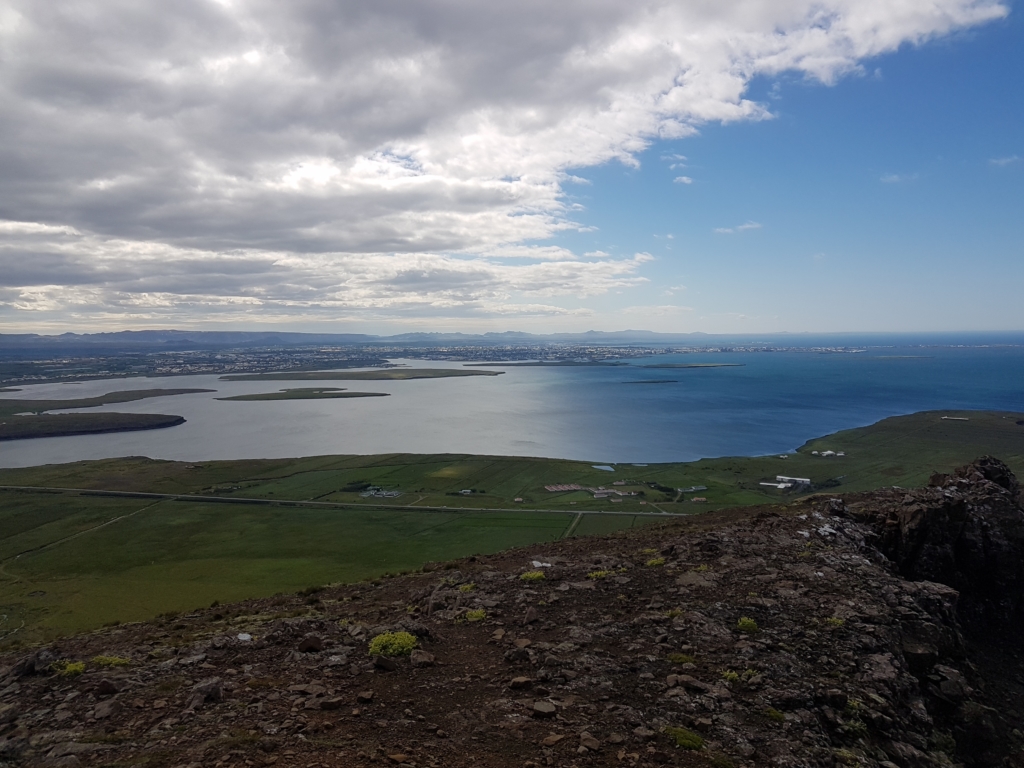
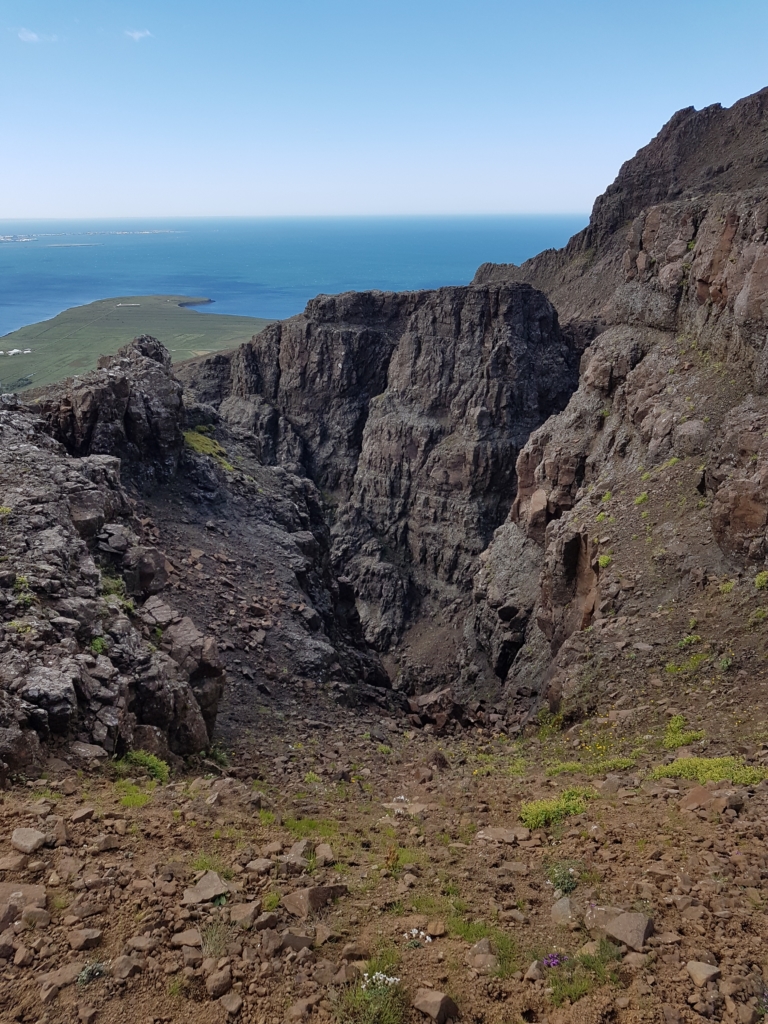
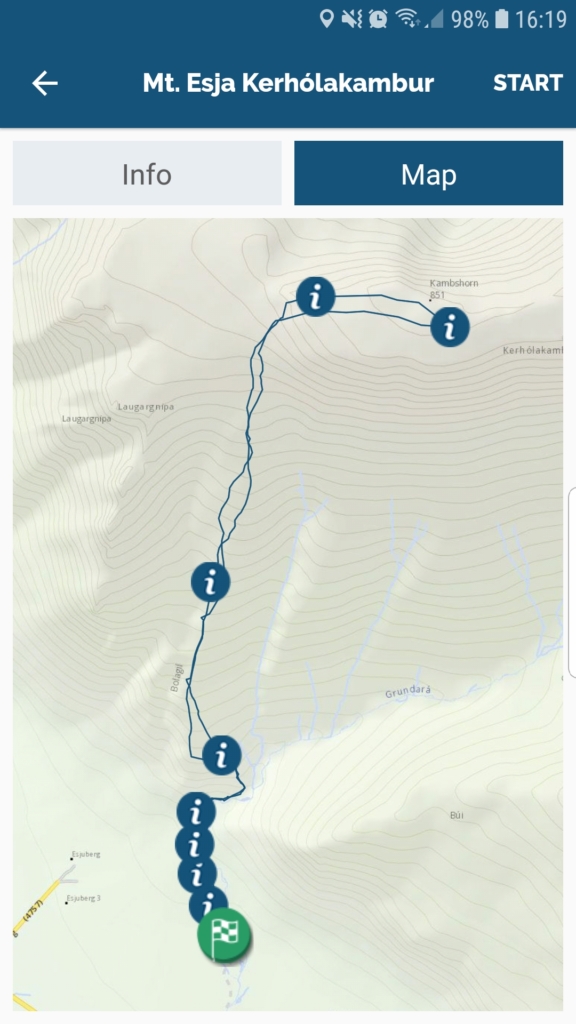
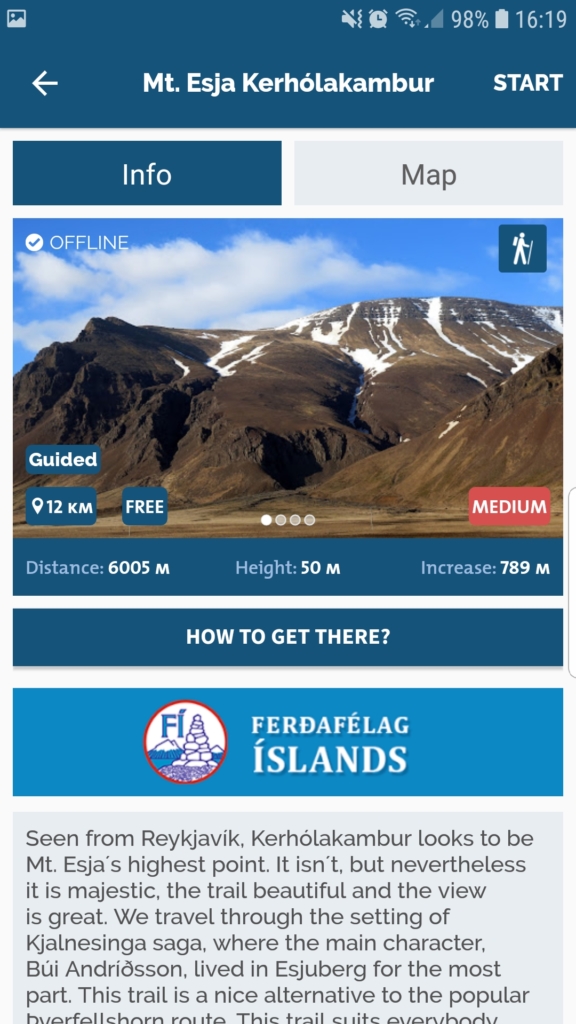

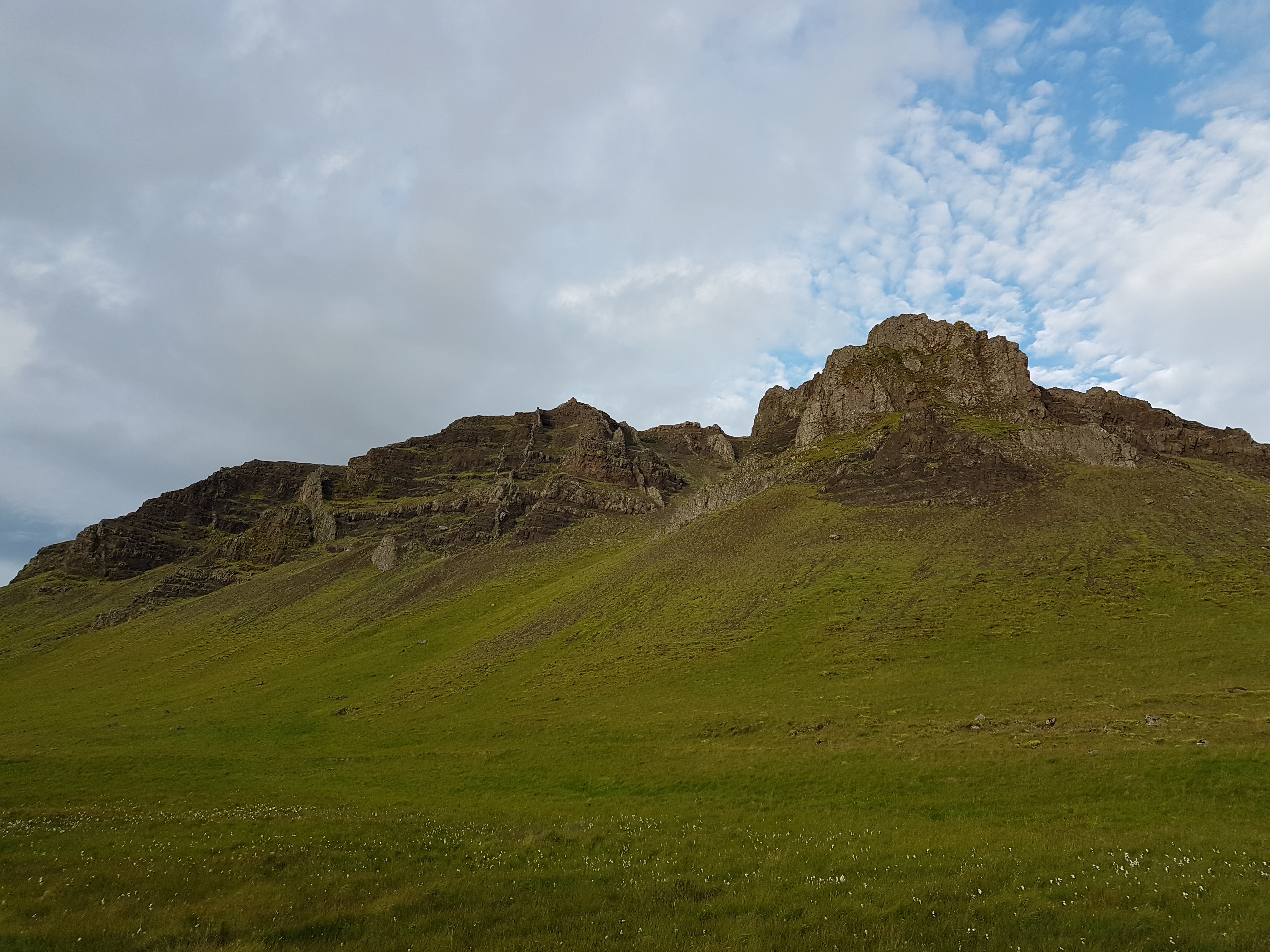
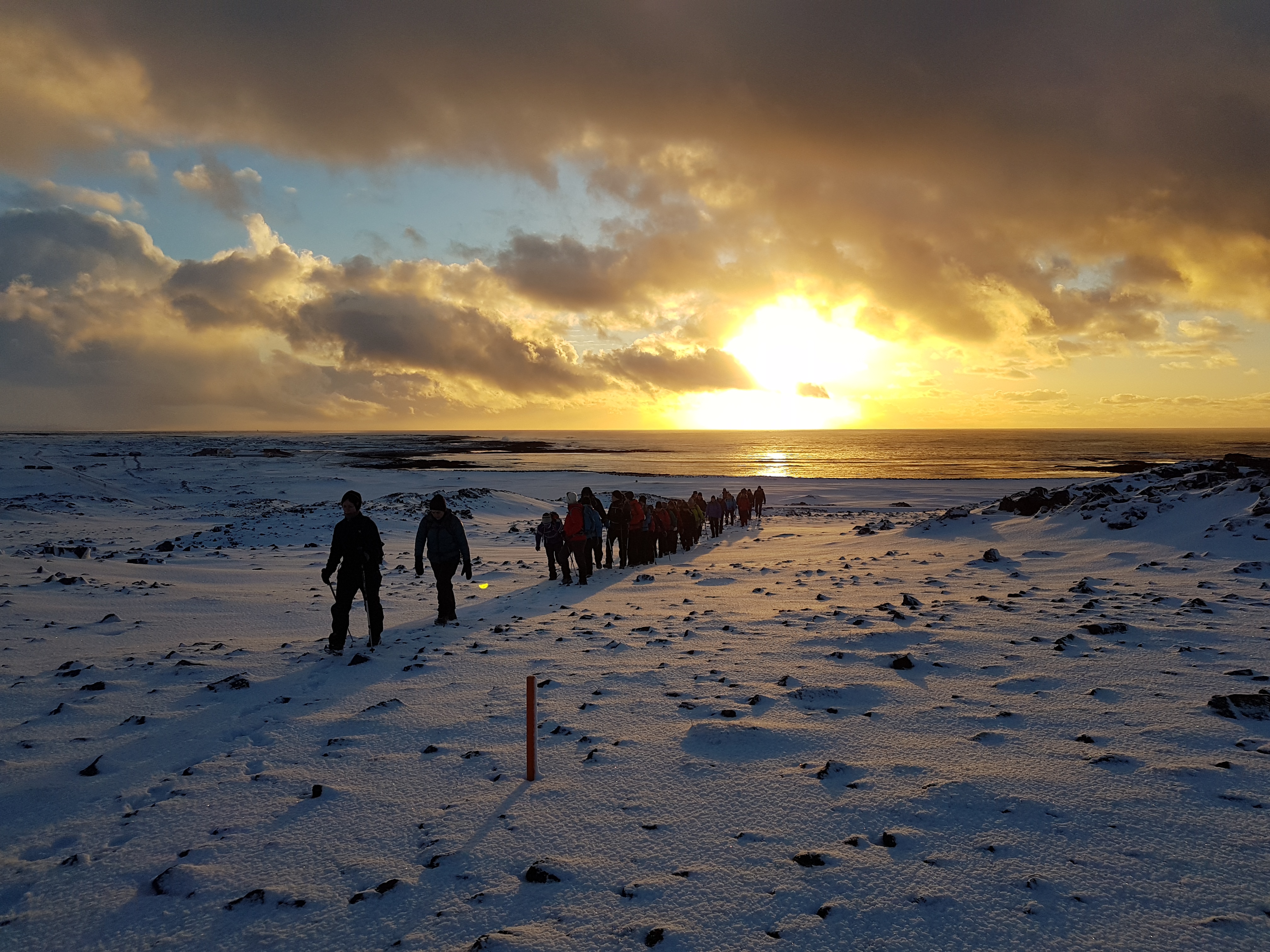
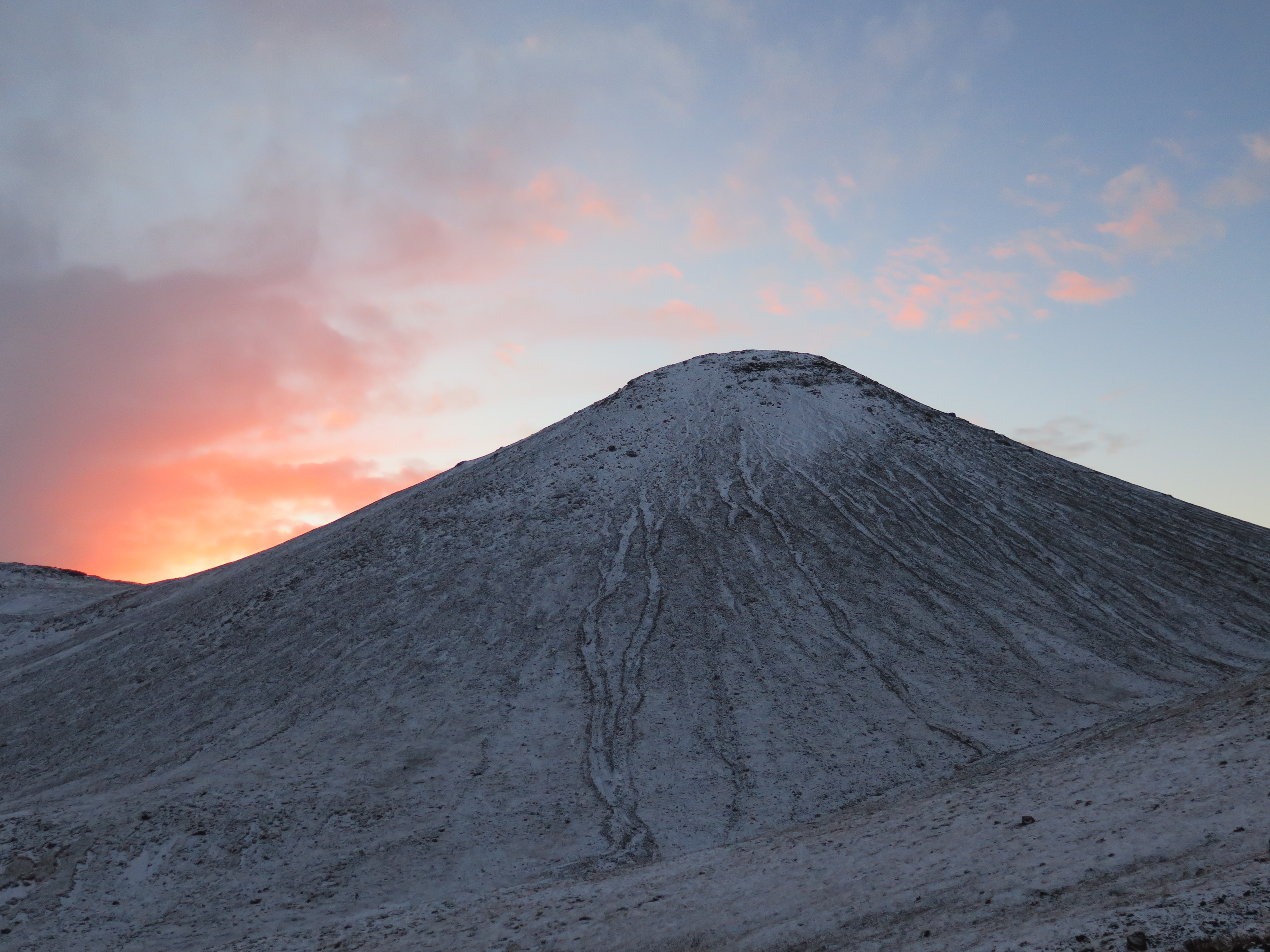
Leave A Comment